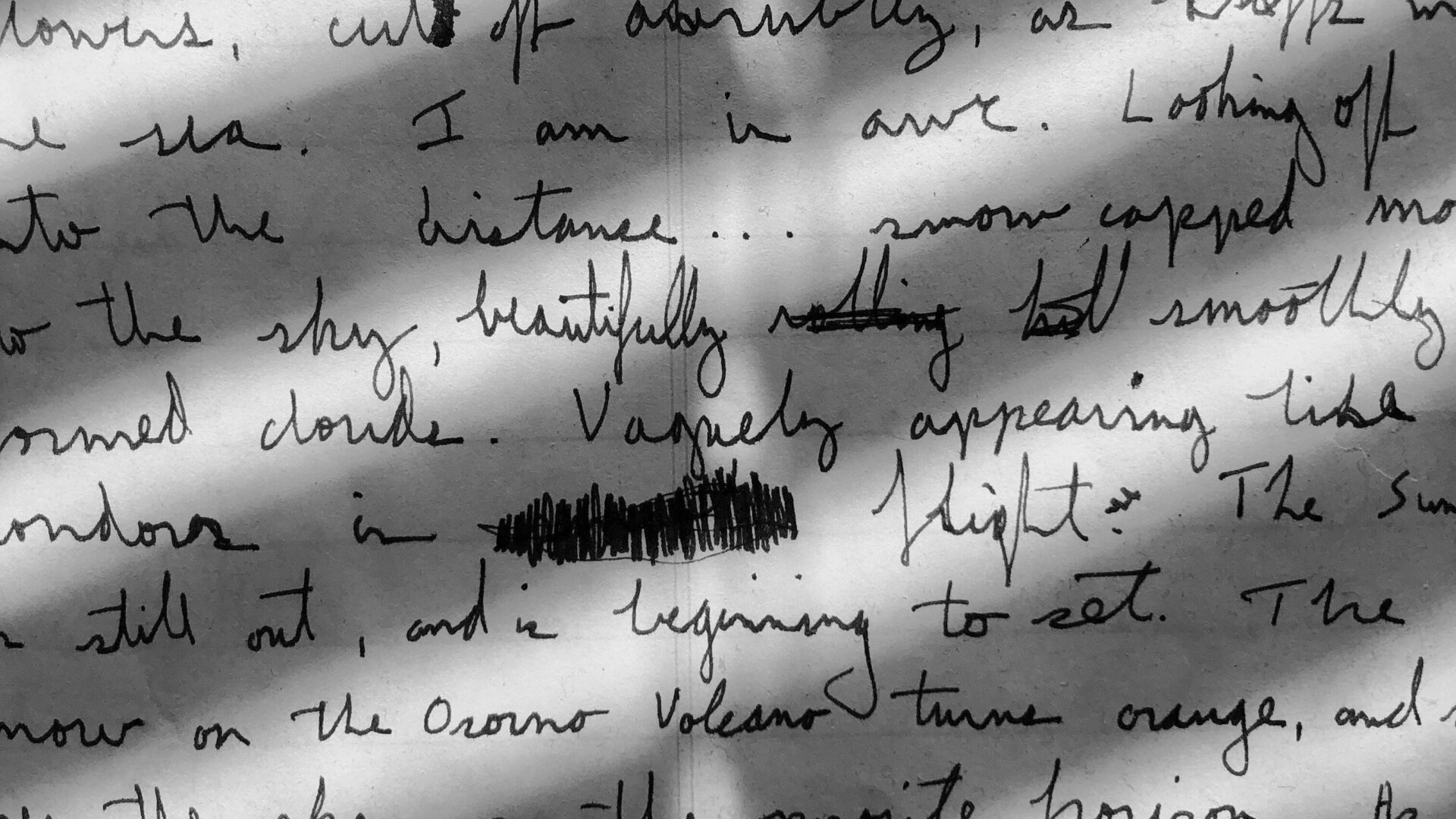Your Handwriting Can Reveal Your Mood. Here’s What That Means for Authors
By now, you might have heard the news — writing longhand has benefits, supporting better memory of both literary essentials (e.g., word recognition) and conceptual comprehension.
But what if writing longhand was also a secret gateway for others to understand your real mood?

The research
In a study from the University of Haifa, researchers developed a computerized system capable of measuring small changes in handwriting (e.g., letter spacing, pressure). They then split a group of 62 participants into three groups. The members of the groups watched movies meant to elicit a positive, negative, or neutral mood. After watching the films, participants had to write a paragraph that included all the letters of the Hebrew alphabet.
The researchers discovered that they could empirically detect changes in handwriting based on what moods participants were in. Because the brain’s resources aren’t infinite, secondary actions — like handwriting — are impaired when a person tries to do more than one thing at once. So, the theory is that a negative mood creates a cognitive burden on the brain that causes the handwriting to change.
Why mood detection in handwriting matters
In previous posts, I’ve noted how writing can be therapeutic. It can help us work through difficult situations and make sense of the world. But the degree to which we suffer and struggle during this process might not be clear. People might write words that are at odds with the truth, such as if a person is depressed and, because of fear or shame, tries to deny that reality by writing “I’m doing great!” in a letter. In the same way, analysts might be able to detect how emotionally difficult content was for an author to write. In other words, the University of Haifa study suggests that therapists and other trained professionals might be able to use handwriting as a gauge of a writer’s emotional honesty.
This has some powerful real-life implications. Imagine, for example, the judicial system using this type of handwriting analysis inside domestic violence cases.
But it also could open a window to understanding the connection between the author’s creative process and their emotional wellbeing. That might help others offer better support and mental health resources. That’s more important than ever now, as writers are under a host of new industry, world, and cultural stresses (e.g., providing journalism coverage in war zones, needing to produce books more quickly to get a livable income).
In the battle for truth, efficiency stands as a wall
The difficulty, of course, is that most modern communication — including the writing of articles, books, and other content — is not longhand. Convincing writers to abandon the keyboard lacks a critical practicality. But in the quest for efficiency, we might be sacrificing a viable method of making sure authors are actually okay.
If you write consistently, it might be worth it to do some of your work the old-fashioned way. Those samples can give you insights about how you truly are handling your work and overall circumstances. That might make all the difference in whether you crash or, as a result of quiet self-accountability, end up thriving.